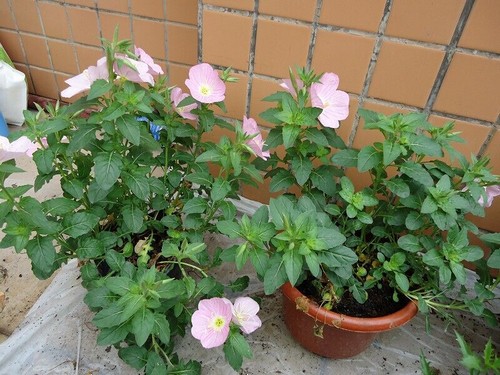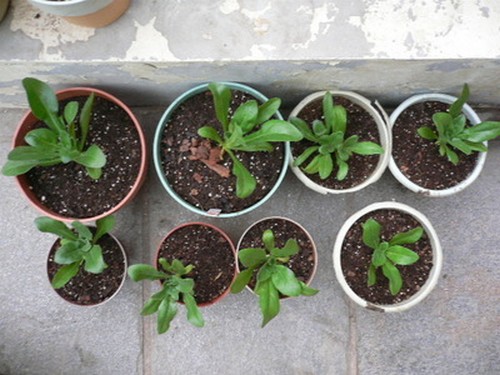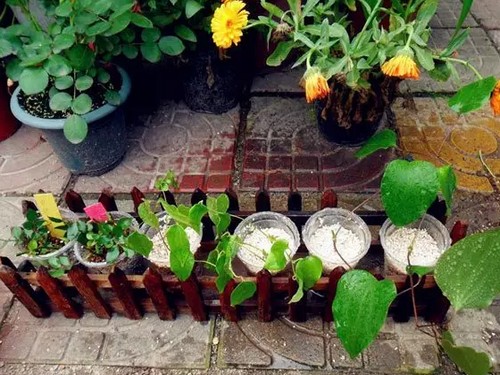Sowing and Propagation techniques of Evening Primrose
Evening primrose is also known as evening primrose. Evening primrose flowers bloom slowly in the evening and wither at dawn. The flowers bloom for only one night, and it is said that their blossoms are specially for the moon to appreciate, hence the name of evening primrose. Evening primrose and epiphyllum open at night, hence the name "night incense", pleasant aroma, suitable for decorating the night scene.

To reproduce with seeds:
Sowing in spring in the north, sowing and raising seedlings in autumn or spring all over the south of the Huaihe River. When sowing, the soil should be raked fine and flat, and the seeds should be sowed on the border surface, gently raked with a rake and covered with a thin layer of soil. The seeds are small and the soil cannot be covered thick, otherwise the germination and growth of the seeds will be affected. The soil should be kept moist after the seeds are sown. About 10-15 days after sowing, the seeds can germinate seedlings.
Autumn sowing is often held after mid-late September:
1. To disinfect the substrate used for sowing, the best way is to put it in a pan and stir-fry it so that any diseases and insects can be scalded to death.
2. Soak the seeds in warm hot water (the temperature is about the same as the face wash) for 3 to 10 hours until the seeds absorb water and expand. For common seeds that germinate easily, this work does not have to be done.
3. For small seeds that are difficult to pick up with hands or other tools, wet one end of the toothpick with water, stick the seeds one by one on the surface of the matrix, cover the substrate 1 cm thick, and then put the sowing flowerpot into the water. The depth of the water is 1pm 2x2x3 at the height of the flowerpot, and let the water soak up slowly.
4. For larger seeds that can be picked up by hand or other tools, put the seeds directly into the substrate and order them at a distance of 3 × 3 cm.
5. Cover the substrate after sowing, and the thickness of the cover is 2-3 times that of the seed. After sowing, you can use sprayers and fine-hole showers to wet the sowing matrix, and later, when the basin soil is slightly dry, you should still pay attention to the watering strength not to wash the seeds up.
Management after sowing:
1. After sowing in autumn, when you encounter a cold wave and low temperature, you can wrap the flowerpot with plastic film to keep warm and wet.
2. After the seedlings are unearthed, the film should be opened in time, and the seedlings should be exposed to the sun before 9:30 every morning or after 3:30 in the afternoon, otherwise the seedlings will grow very weakly.
3. After most of the seeds have come out, they need to plant seedlings properly: pull out the diseased and unhealthy seedlings, so that the seedlings left behind have a certain space between each other; when most of the seedlings have grown 3 or more leaves, they can be transplanted into the pot.
Time: 2019-06-11 Click:
- Prev

Propagation methods of Calendula
Calendula has strong resistance to sulfur dioxide and certain resistance to cyanide and hydrogen sulfide. It is an excellent anti-pollution flower and the main material of spring flower bed. It can be used as cut flowers and potted plants. Suitable for central square, flower bed, flower belt layout, can also be used as lawn edge flowers or pot ornamental
- Next

Cutting technique of potted Clematis
From the little rookie who came into contact with clematis to being able to cut live seedlings, I have also made a lot of painstaking efforts to check the experience of the great gods everywhere. I am not ashamed to ask, and I am also constantly groping. I hope to find out the cutting method of clematis which is suitable for my place.
Related
- Fuxing push coffee new agricultural production and marketing class: lack of small-scale processing plants
- Jujube rice field leisure farm deep ploughing Yilan for five years to create a space for organic food and play
- Nongyu Farm-A trial of organic papaya for brave women with advanced technology
- Four points for attention in the prevention and control of diseases and insect pests of edible fungi
- How to add nutrient solution to Edible Fungi
- Is there any good way to control edible fungus mites?
- Open Inoculation Technology of Edible Fungi
- Is there any clever way to use fertilizer for edible fungus in winter?
- What agents are used to kill the pathogens of edible fungi in the mushroom shed?
- Rapid drying of Edible Fungi

